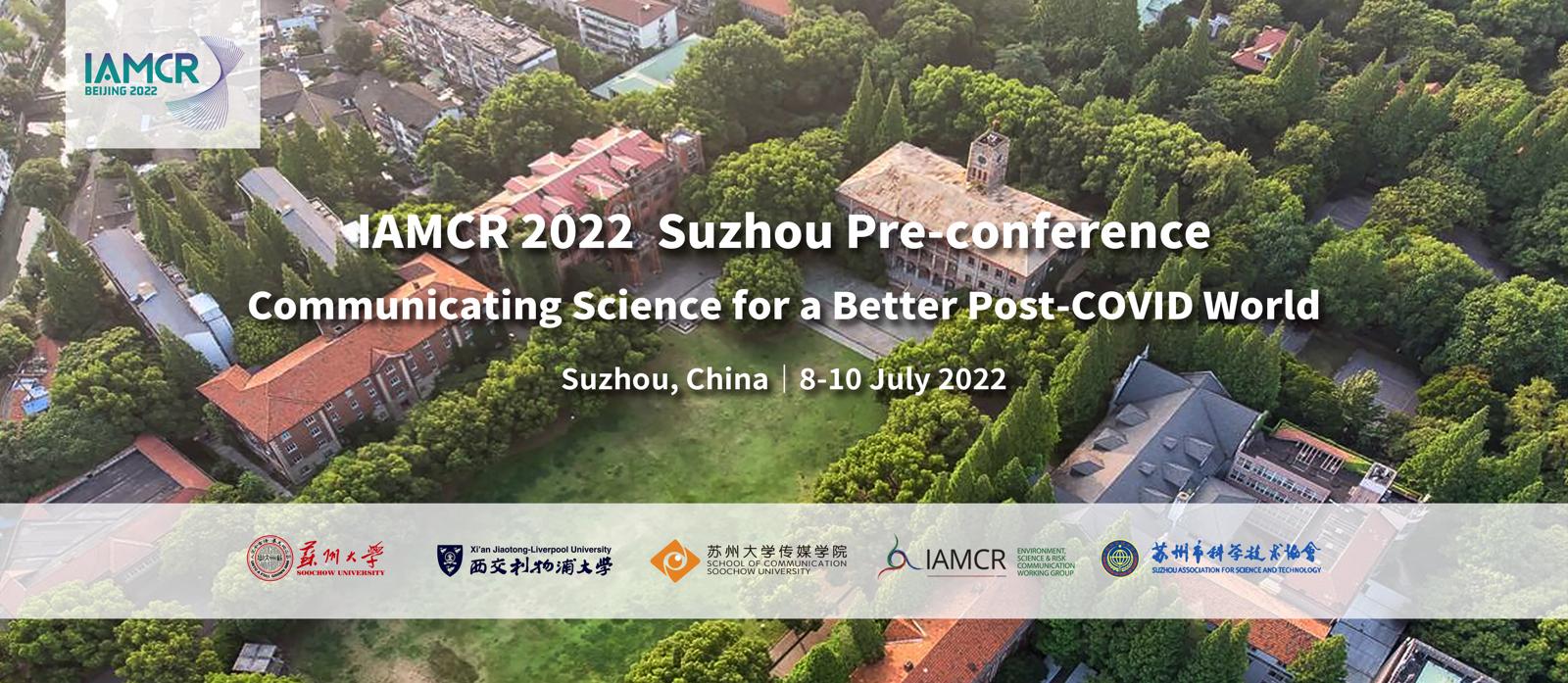Background
The outbreak of the COVID-19 has become a global pandemic and infodemic. Social media platforms work as important tools for disseminating health knowledge and modifying public cognition and behaviors toward the COVID-19 pandemic and other health issues . In 2020, half of Chinese citizens get health information by WeChat Official Account (BCG & Tencent, 2021). However, we know little about the construction of health knowledge published on social media and the practice of invisible knowledge brokers (Meyer, 2010). This study explores the characteristics of health information posted on digital platforms and the practice of knowledge brokers in China.
Methodology
DX Doctor, one of the most influential accounts of the new generation of health media, has nearly 20 million followers on WeChat. The database Newrank was applied to search articles posted by the official account of DX Doctor on WeChat from October 2020 to March 2021. Systematic content analysis was performed and a second researcher coded a 10% sample to establish inter-rater reliability of coding. The study explores the practice of knowledge brokers through in-depth interviews with 5 (resigned) senior employees and 19 files they provided.
Results
In total, 522 WeChat articles were included in the analysis. Health issues are explicitly used as a framework to combine different kinds of content (Christensen, 2016). Topics on specific individual plans of action such as body image & appearance management (16.7%) and diet & nutrition (15.6%) unusually constitute the largest proportion, even higher than the sum of all disease and prevention related articles (13.8%), and health-related top stories (9.4%).
Beyond health knowledge, the content on DX Doctor is a social currency and a symbol of stylish expression. On social media, medicalization of life is used to attract public attention by producing health knowledge of trending topics. Meanwhile, in the production of brokered knowledge, an indispensable purpose is to elicit emotional responses of users. The responses containing emotional expressions have the priorities to be selected as top comments or received replies.
The process of the knowledge production is a collaborative curation and dissemination practice (Bruns & Highfield, 2015), in which professional experts, brand owners, copywriters and freelancers participate in as knowledge brokers. In this situation, doctors and nutrition experts directly involved in writing, however, the copywriters dominate the topics and outlines of the articles. Specifically, click metrics and maintaining legitimacy are their main considerations to produce health knowledge.
Conclusion
In the new generation of health media, various knowledge brokers have taken over the role of health journalists. They not only move and translate health knowledge, but also produce promiscuous knowledge (Daros, 2020) to attract users' attention. In contrast to the narrative of government that health is a national strategy that requires every citizen to participate in, social media shapes health as a narrative of individualism and consumers are responsible for their own healthy lifestyles. This increases dissemination of health information, but caution is needed as clicking metrics are by no means a sound indicator of importance to health issues (Holland, 2017).

 京公网安备 11010802039275号
京公网安备 11010802039275号